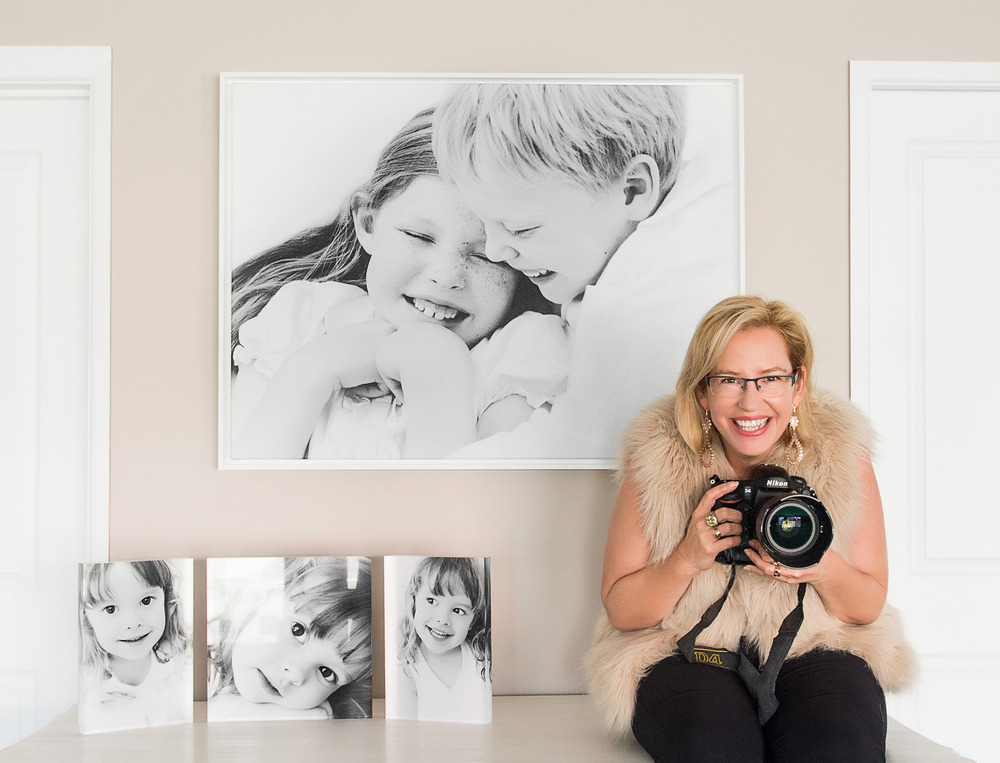The truth is, PRINTING is an art in itself. Photographers have spent the best years of their lives trying to achieve continuity between their monitor (which emits light) and paper (which reflects it).
The delicate nature of the Katrina Christ black and white, bright, high-key signature style makes this balance even trickier to achieve. The image has to “pop” without blowing out. It has to have pleasing contrast, without crushing the shadows. The white shirts need to be crisp and light, without blending into the background and leaving a family of heads and hands to drift about in empty space.
Variation between screens is another pitfall. Like snowflakes, no two are alike. Your screen might be a 28 inches of eye bursting brightness, sharpness and saturation…but is it accurate? Unless you’re in the game of spending thousands of dollars on a perfectly uniform, wide gamut monitor, it’s unlikely. And that can be the difference between olive skin tones onscreen, and a sunburnt cherry tomato in print.
At the studio, our retouching workstations are calibrated to simulate the mediums we print on. We know the quirks of each of our products inside out, and retouch an image specifically for its finished medium. We know which ones need extra sharpening, less magenta or more detail in the shadows. Colour profiles are applied to tell a specific printer how to interpret colours and tones.
Years are spent testing different labs to find the ones that can consistently and accurately bring to life the images we work so hard to create onscreen. Each paper stock, embellishment and finish is specifically selected to compliment the photography style.
From camera, to monitor, to printer, to paper. The finicky, esoteric interactions between this digital orchestra means that the artwork can only ever be as good as the weakest link in this chain. At the studio, we control what happens to the image with an amazing degree of accuracy. What we cannot do is predict or guarantee what an image may look like across other untested screens and printers.
Rest assured there are no happy accidents in your final print.
It’s unfair to hope that the poor printing kiosk at Big W can recreate a workflow we have spent years perfecting.
If you are a portrait photographer selling digital files or digital collections, you can see the problem you are inadvertently creating for yourself and your customers.
If you are sending your galleries to your customers to choose from e.g. Pixiset, chances are they will not be seeing the same quality on their screens. You may in fact have customers complaining when the simple truth is that it is their screen. How do you explain this to them?
Well firstly, you need to tell them this at the very start so they know what to expect.
Do you ….. not care and send anyway and have them view and print wherever.
OR
Do you educate them on these points and let them know that when they choose a professional Photographer this is part of the expertise they are paying for. When they order though a Professional Photographer they can rest assured that the quality is spot on every time and this worry is taken away from them.
My advice to you all as Professional Photographers is to offer IPs / Design Consulations and sell finished artwork not digital files.


